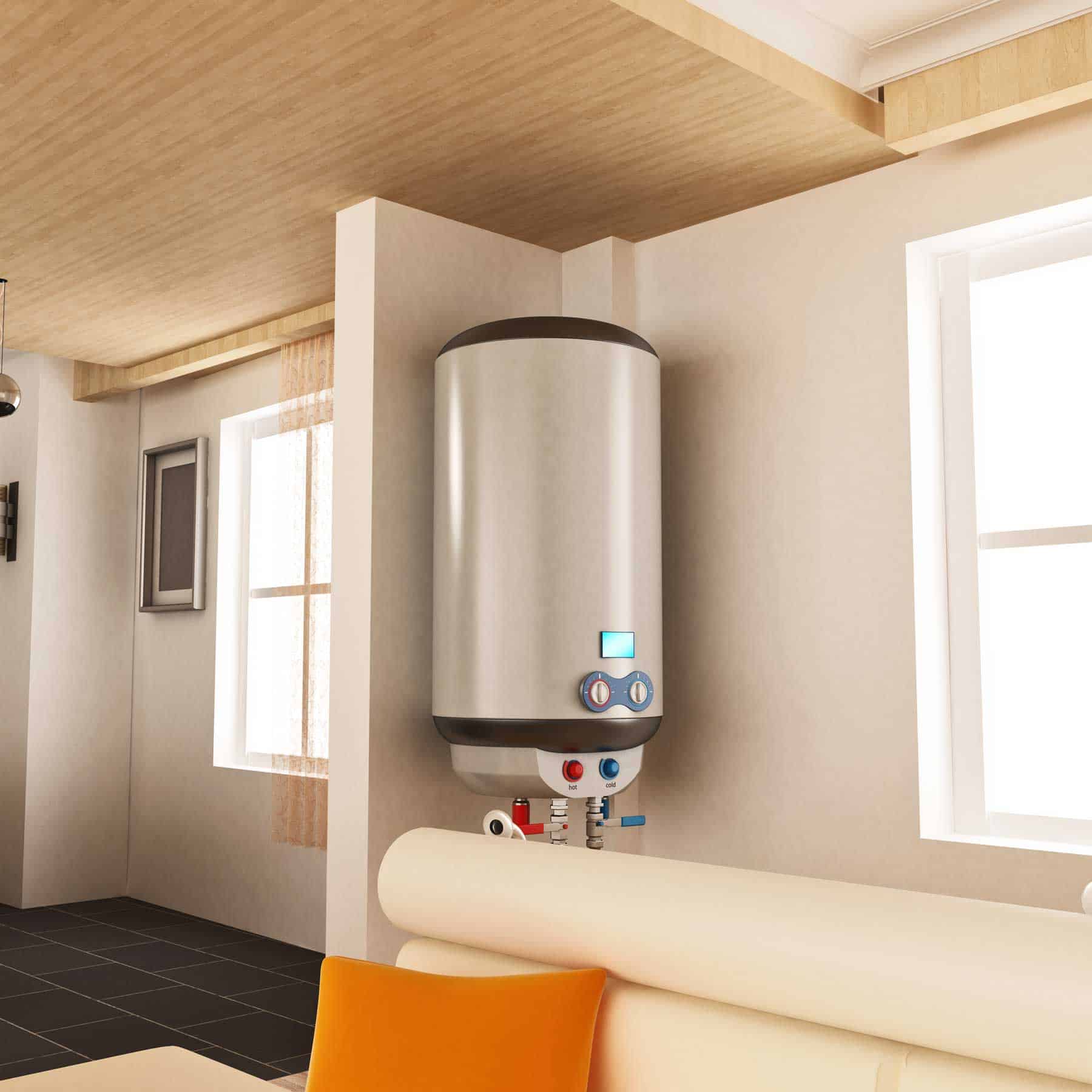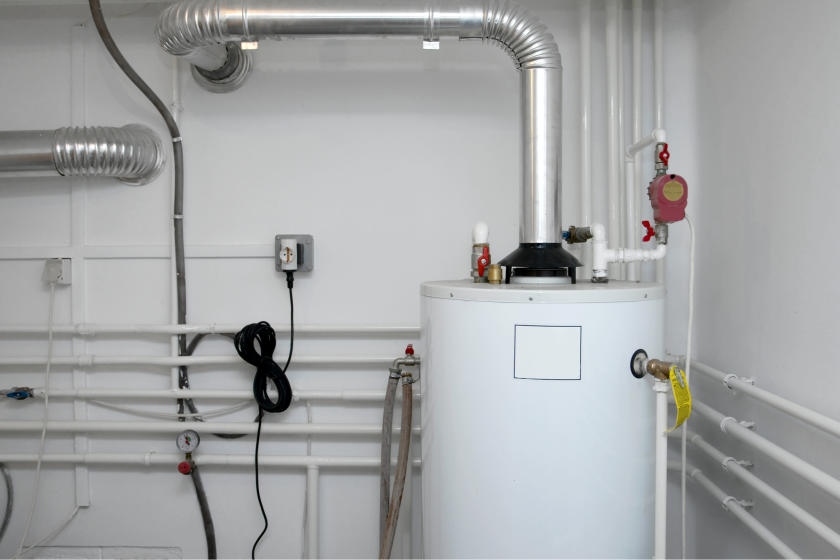We have encountered this post about How to Maintain a Hot Water Heater in a Few Simple Steps down the page on the internet and thought it made good sense to quickly share it with you on this site.

Warm water is essential for day-to-day convenience, whether it's for a revitalizing shower or cleaning meals. To guarantee your hot water system runs effectively and lasts longer, routine maintenance is essential. This short article gives practical suggestions and insights on just how to maintain your home's hot water system to prevent interruptions and costly repair work.
Intro
Preserving your home's warm water system could appear overwhelming, yet with a couple of straightforward actions, you can guarantee it runs efficiently for years to come. This overview covers every little thing from recognizing your hot water system to DIY maintenance suggestions and understanding when to employ expert assistance.
Significance of Preserving Your Hot Water System
Routine maintenance not only extends the lifespan of your warm water system yet additionally ensures it operates efficiently. Overlooking maintenance can lead to decreased efficiency, greater power expenses, and even premature failure of the system.
Indicators Your Warm Water System Requirements Maintenance
Recognizing when your warm water system requires interest can avoid major concerns. Keep an eye out for indicators such as irregular water temperature, strange sounds from the heating system, or rusty water.
Understanding Your Warm Water System
Prior to diving into maintenance tasks, it's handy to comprehend the basic parts of your warm water system. Usually, this includes the water heater itself, pipelines, anode rods, and temperature controls.
Month-to-month Upkeep Tasks
Regular month-to-month checks can assist catch small problems before they rise.
Purging the Water Heater
Purging your water heater gets rid of debris buildup, enhancing efficiency and lengthening its life.
Monitoring and Replacing Anode Rods
Anode rods prevent deterioration inside the tank. Checking and replacing them when broken is vital.
Inspecting and Readjusting Temperature Setups
Adjusting the temperature level settings makes certain optimal performance and safety and security.
DIY Tips for Upkeep
You can carry out several upkeep tasks on your own to keep your warm water system in leading condition.
Looking for Leaks
On a regular basis examine pipelines and connections for leakages, as these can lead to water damages and higher expenses.
Testing Pressure Alleviation Valves
Evaluating the stress safety valve ensures it operates correctly and stops too much pressure build-up.
Insulating Pipelines
Shielding hot water pipelines lowers heat loss and can save power.
When to Call a Professional
While DIY upkeep is advantageous, some problems call for specialist competence.
Complicated Concerns Requiring Expert Aid
Instances consist of major leaks, electric issues, or if your hot water heater is consistently underperforming.
Routine Expert Upkeep Conveniences
Professional maintenance can include complete assessments, tune-ups, and making certain compliance with safety and security standards.
Final thought
Regular maintenance of your home's warm water system is necessary for performance, longevity, and cost savings. By complying with these ideas and recognizing when to look for professional help, you can guarantee a reputable supply of warm water without unanticipated disturbances.
How to Maintain an Instant Hot Water Heater
Before tinkering with your hot water heater, make sure that it’s not powered on. You also have to turn off the main circuit breaker and shut off the main gas line to prevent accidents. Also turn off the water valves connected to your unit to prevent water from flowing into and out of the appliance. 2. When you’re done, you have to detach the purge valves’ caps. These look like the letter “T†and are situated on either side of the water valves. Doing so will release any pressure that has accumulated inside the valves while at the same time avoid hot water from shooting out and burning your skin. 3. When the purge valves’ caps are removed, you have to connect your hosing lines to the valves. Your unit should have come with three hoses but if it didn’t, you can purchase these things from any hardware or home repair shops. You can also get them from retail stores that sell water heating systems. Read the user’s manual and follow it to complete this task properly. When the hosing lines are connected, open the purge port’s valves. 4. You should never use harsh chemical cleaners or solutions when cleaning your unit. Make use of white vinegar instead. It should be undiluted and you’ll probably use about 2 gallons. 5. Now flush your water heater. This task should probably take about 40 minutes. We can’t give you specific directions for this because the procedure is carried out depending on the type, model and brand of your heater. With that being said, refer to the user’s manual. 6. When you’re done draining the unit, you have to turn off the purge port valves again. Remove the hosing lines that you earlier installed on each of the water valves. Put the valve caps (purge port) back in their respective places and be very careful so as not to damage the rubber discs that are found inside these caps. 7. Now that everything’s back in place, check your user’s manual again to find out how to reactivate your water heating system. 8. Once it is working, turn one of your hot water faucets on just to let air pass through the heater’s water supply pipes. Leave the tap on until water flows smoothly out of it. https://www.orrplumbing.com/blog/2014/september/how-to-maintain-an-instant-hot-water-heater/

I ran across that piece about Tips For Maintaining Your Hot Water Heater when exploring the web. Sharing is good. You just don't know, you might be helping someone out. Many thanks for taking the time to read it.
Get Quote Now